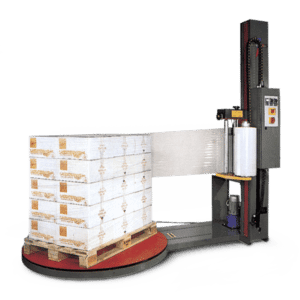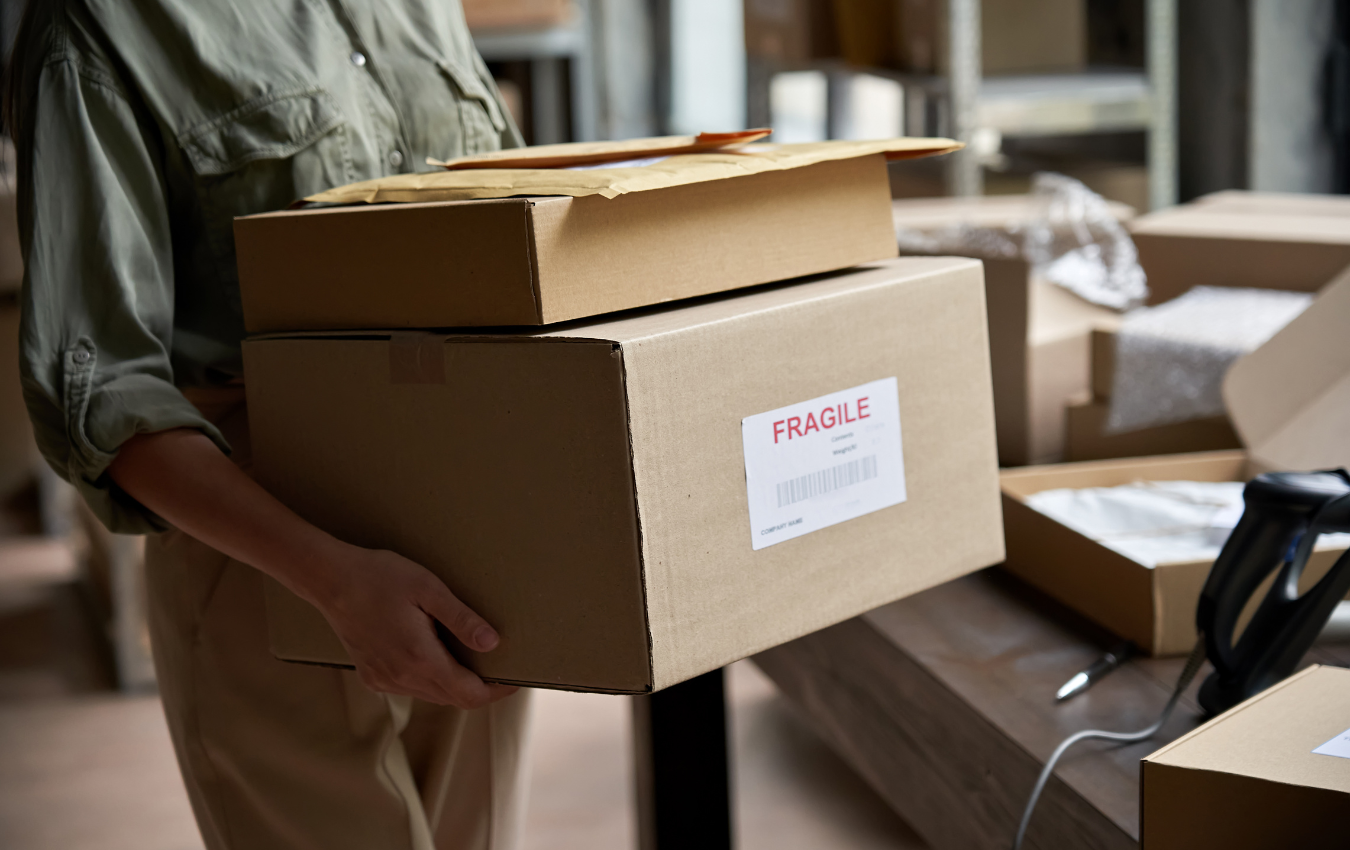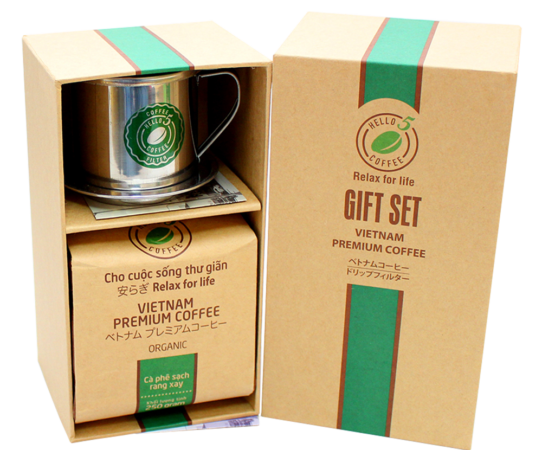Home » Navigating Tariffs in Industrial Packaging
Navigating Tariffs in Industrial Packaging
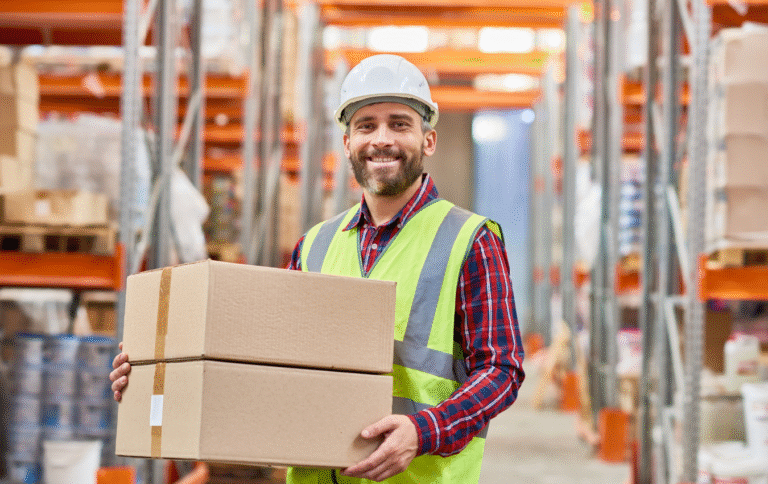
The industrial sector depends heavily on efficient, scalable, and cost-effective packaging—whether it’s for machinery parts, building materials, electronics, or bulk components. But with ongoing tariff policies and global trade tensions, sourcing packaging materials or printed boxes from overseas is no longer as simple or cost-effective as it once was.
From corrugated boxes and wood crates to edge protectors and pallets, tariffs are reshaping how industrial companies manage packaging procurement. Here’s what you need to know to stay ahead.
Tariffs Are Driving Up the Cost of Key Materials
Many industrial packaging products—particularly those sourced from China—are subject to very high tariffs. This includes:
- Corrugated sheets and printed corrugated boxes
- Paperboard and chipboard components
- Wood crates and pallet materials
- Specialty films, liners, or protective wraps
- Metal-based packaging parts like clips or hardware
When you’re shipping large or heavy items, even a modest tariff adds up quickly—especially if you’re buying in high volumes or rely on custom packaging.
International Sourcing Now Comes With Higher Risk
It’s not just about cost. Tariffs are one of several issues disrupting international supply chains. Companies are now facing:
- Delays at ports
- Very fluctuating freight costs
- Communication breakdowns with overseas vendors
- Longer lead times impacting project delivery
In an industry where timing, protection, and performance are critical, these delays can derail production timelines or damage your customer reputation.

Reevaluate Domestic vs. International Costs
In the past, sourcing packaging overseas often meant lower per-unit pricing. But today, once you factor in:
- Tariffs
- Freight volatility
- Port and customs delays
- Quality control issues
- Currency fluctuations
…the total landed cost often matches or exceeds domestic pricing—especially when you add the risk of downtime, damaged goods, or missed delivery windows.
Work With a Supplier That Understands Tariff Exposure
Navigating tariffs isn’t just about sourcing differently—it’s about working with a supplier who actively helps you identify risks, reduce complexity, and design smarter packaging.
Ask your supplier:
- Are there U.S.-based or nearshore manufacturing alternatives?
- Can the design be optimized to reduce material use or lower duty classifications?
- Are there non-tariffed substrates or board grades that meet your performance needs?
- Can we consolidate orders or inventory to offset new costs?
A knowledgeable supplier should bring proactive solutions—not just pass along price increases.
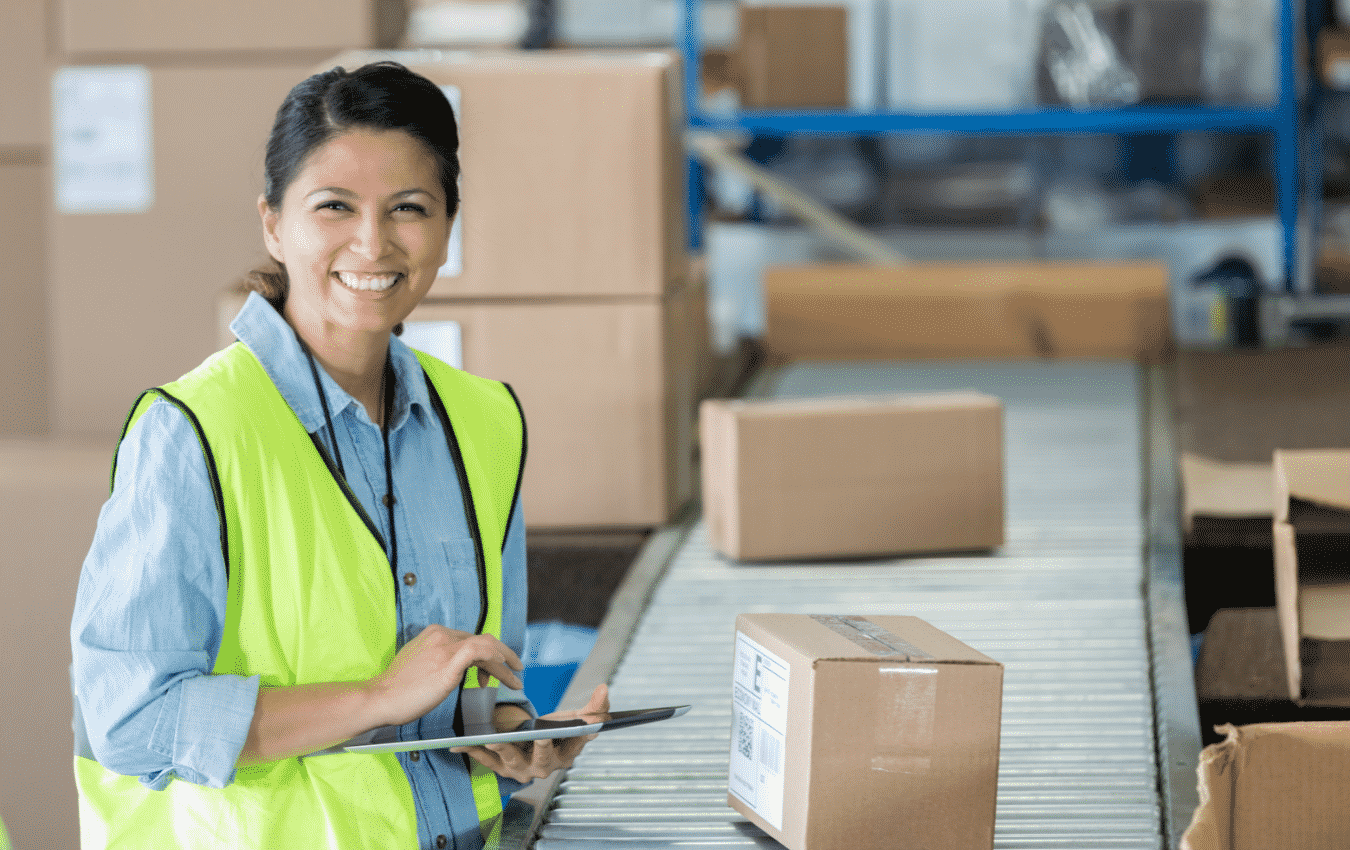
Consider Long-Term Strategy, Not Just Short-Term Cost
Tariffs may rise, fall, or shift depending on trade policy, but global uncertainty isn’t going away. That’s why more industrial brands are building flexibility and local sourcing options into their long-term packaging strategy.
Benefits include:
- Faster lead times
- Greater supply chain control
- Easier customization and on-demand runs
- Improved compliance and communication
Especially for custom or high-value products, investing in local or tariff-proof sourcing may improve your bottom line and reduce risk.
Final Thoughts
For industrial companies, packaging isn’t optional—it’s critical to protection, transportation, and performance. And in today’s global environment, managing tariffs effectively is just as important as selecting the right materials.
Need help adjusting your industrial packaging strategy around tariffs?
We’ll work with you to explore domestic solutions, evaluate materials, and design packaging that meets both your protection and procurement goals.
Functional features like tear strips, windows, and hang tabs can enhance consumer experience and retail appeal—but they also introduce engineering challenges. Each modification affects structural strength, converting efficiency, and cost.
Phat Snax is redefining the snack aisle with a mission to make America’s snacks better for you — without killing the flavor. Their products, like the Devil’s Cake, are high
When choosing corrugated packaging, box style directly impacts cost, strength, speed of packing, and customer experience. Two of the most common options are the Regular Slotted Container (RSC) and the
The holiday season pushes packaging supply chains to their limits. With surging e-commerce demand, constrained carrier capacity, and rising material costs, packaging buyers must navigate a complex landscape. The right
Home » Navigating Tariffs in Industrial Packaging


